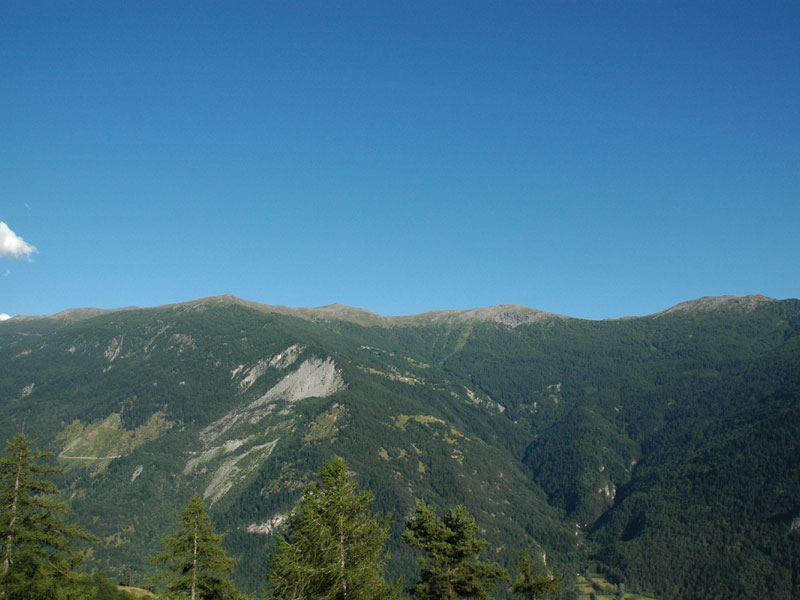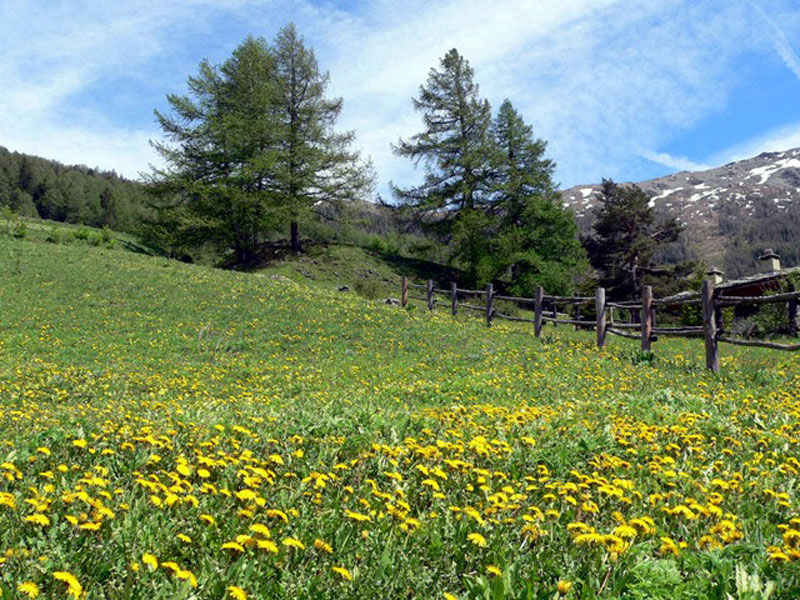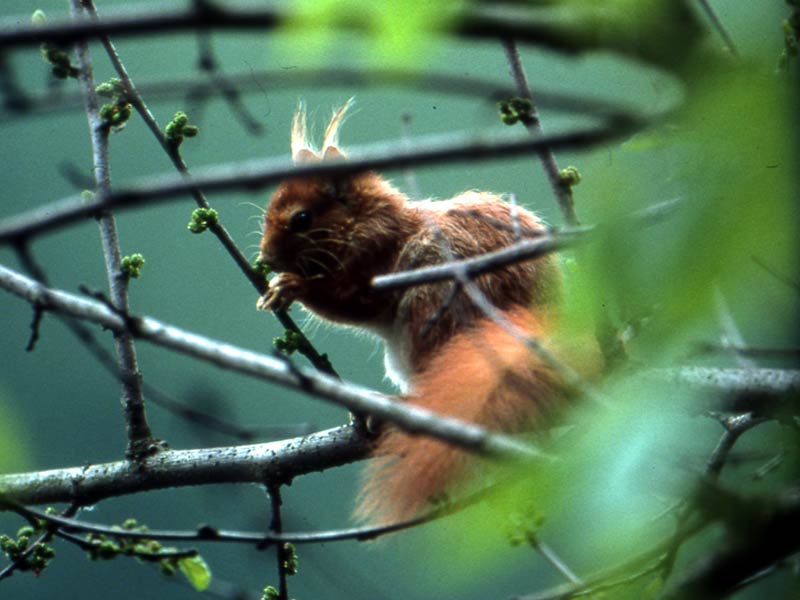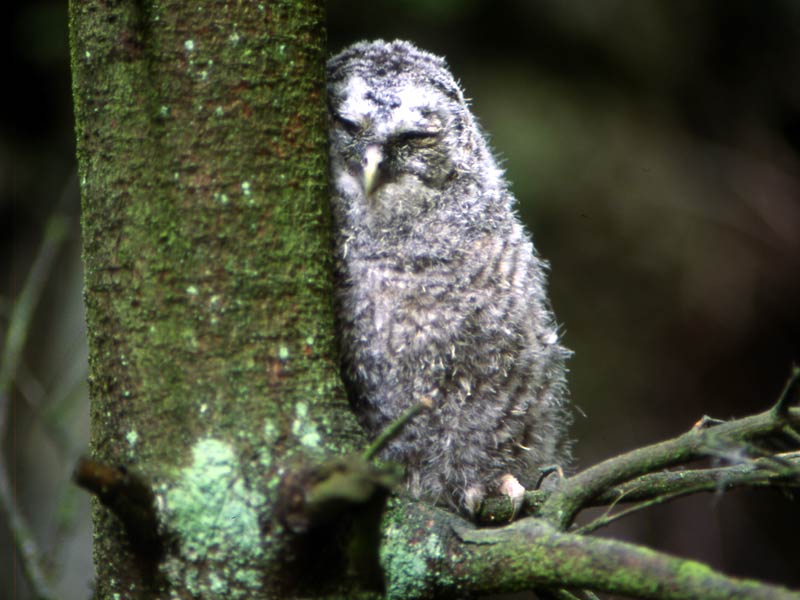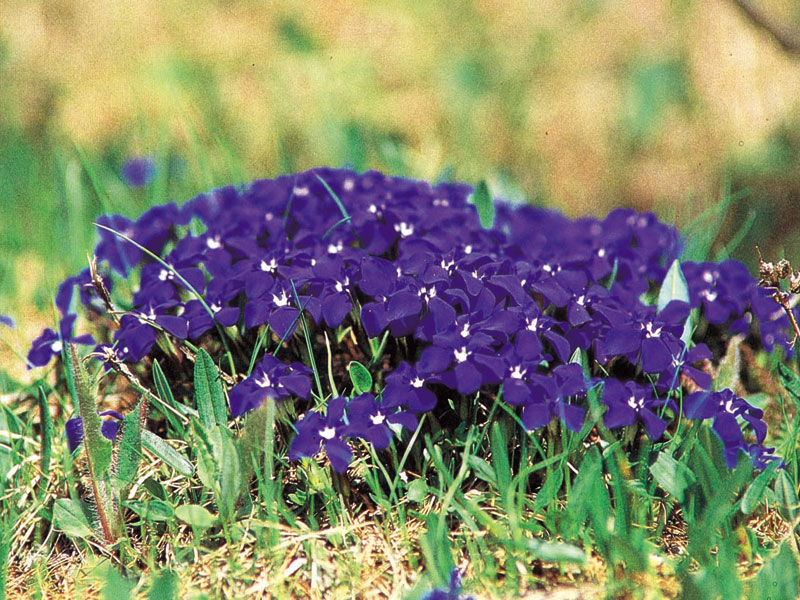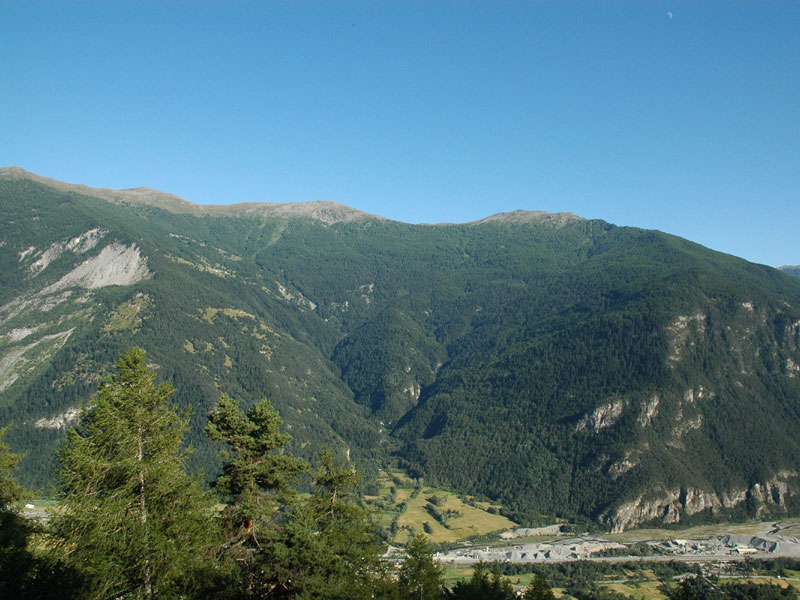Protected Area
Identity Card
- Land Surface Area: 3'774.74 ha
- Regions: Piemonte
- Provinces: Torino
- Municipalities: Chiomonte, Exilles, Oulx, Pragelato, Salbertrand, Sauze d'Oulx, Usseaux
- Establishment Measures: L.R. n.51 20/05/1980 - L.R. n.19/2009 e s.m.i.
- PA Official List: EUAP0208
- Park Authority: Ente di gestione delle aree protette delle Alpi Cozie
Fiscal Code 94506780017
The Protected Area
It extends itself on the right of Val di Susa (Northern Alpi Cozie),
from the 1,000 meters a.s.l. to the 2,600 meters of the watershed.
The
main reason why the Park was established lies in the particular
naturalistic value of the Gran Bosco: 700 hectares of mixed forest with
silver and spruce firs, unique in the vegetation of Piemonte. The woods
have a considerable biological value and include, in good qualitative
conditions, all the precious conifers of the Alpine environment. For
its unusual qualitative requirements, part of the territory has been
enrolled in Libro Nazionale dei boschi da seme (National Book of the Seed Woods) for three arboreal species: Abies alba, Picca excelsa, and Pinus cembra.
Great part of the interest had in the past economic reasons: these fir
forests already provided in 1700 the timber used for the big straight
grain beams used in the great military and civil works of engineering,
like the Arsenal in Turin, Basilica of Superga, and Venaria Reale
Castle.
Nowadays the specific nature of this forest is linked to
the considerable presence of spruce firs, rare in the Western Alps
because of the continental climate and the summer dryness; it is
therefore likely that its diffusion in the Gran Bosco was due to two
main reasons: a particular microclimate with the stagnation of
atmospheric wetness and the existence of an ecotype resisting the
summer dryness. For these reasons, together with the vegetational vigor
and the good conformation of the trunks, the considered populations
(together with the Larch and the Stone Pine) have been included in the
National Book of Seed Woods, and are bound to provide propagation
material used for the reforestation in the Alps.
Fauna
The great variety of environments and floristic species offers the
ideal habitat for a very rich fauna. Only the avifauna consists of
about eighty nesting species, with a high percentage of alpine
avifauna. Therefore we can find several birds of prey, among which the
Goshawk, the Sparrow Hawk, the Buzzard, and the Kestrel, while a couple
of Golden Eagles is regularly nesting. Among the nocturnal birds of
prey, besides the Tawny Owl, living at the lowest altitudes, it will be
possible to hear the singing of the Eagle Owl and, in the fir forests,
of the Tengmalm's Owl using for its nest the cavities dug by the Black
Woodpecker, the biggest Picidae in Europe.
In the Park two
Tetraonidae nest, the Ptarmigan and the Black Grouse, which together
with the Rock Partridge, are the symbol of the alpine avifauna; to
signal the presence of the Nutcracker, strictly linked in the Alps to
the presence of Stone Pine, since it eats its pinenuts.
Among the
mammals there are the hares (European hare and Arctic hare), the
squirrels, the marmots, and many other rodents; the fox and the
mustelid (ermine, weasel, marten, stone marten, and badger).
Important
is the presence of four species of ungulates: the chamois, which has
always been living in the area; the wild boar, whose original genetic
elements have almost disappeared because of hybridization and crosses;
the deer and the roe deer, introduced in the early 60s by the Hunting
Provincial Administration and which, given the lack of natural
predators, have known a real demographic explosion, causing
considerable damages to the forests of the whole Upper Valle di Susa.
Programs
of wildlife rebalancing consisting in selective shooting and captures
and repopulations of other territories, have been and will be useful to
maintain the right balance between the animals and the forest. A new
and unexpected help has been given by the return of the WOLF whose
presence, ascertained and continuous since 1997, is object of safeguard
and study.
Flora
The great variety of the Park environments welcomes more than 600
vegetable species, among which the most important forest species in
Piemonte.
At the border with the meadows of the bottom of the
valley, we can find a considerable area covered in broad-leaf trees,
among which Ash Trees, Birches, Maples, and Alders and thin populations
of Beech Trees, as well as the presence of some nuclei of Yews.
As
you move to higher altitudes, you enter the realm of conifers. In the
driest and sunniest areas and on the most superficial and rocky soils
you will find the Scotch Pine, sometimes covered in big mistletoe
bushes. Between the 1,300 and the 1,800 meters the area is dominated by
Silver Firs and Spruce Firs, extending until the eastern border of the
Park. Towards the upper limit of the fir forest there is a transition
bend where it is also possible to find Larches and Stone Pines,
characterizing the area above the 2,000 meters of altitude. The Stone
pine is also present alone - very rare in the Western Alps - with the
wonderful Stone pine forest of the Piccolo Bosco.
The presence of two rare herbaceous species is worth mentioning: Corthusa Matthioli, a Primulacea with a few stations on the southern slope of the Alps, and Menyanthes Trifoliata,
characteristic of the areas with brackish water, once largely
widespread in the rice fields of Piemonte and today practically
disappeared. The interest in its presence in the Park derives from the
exceptionality of the altitude at which it is situated (about 2,350m).
Regulations for the Visit
In order to guarantee the respect of the environment and promote a
quality tourism in the greatest respect of Nature, Gran Bosco di
Salbertrand Park issued in 1991 its own Regulations for the Visits,
that is a law regulating the presence of visitors in the protected
area, with the aim to safeguard the forest, its inhabitants (animal,
flowers, trees... but also men!) and the delicate balances existing
between them.
In the Park it is not allowed to abandon waste, to light fires (however, in special areas it is possible to use barbecues and camping stoves), it is not allowed to pick up flowers or wild fruits, nor disturb or voluntarily kill amphibians, mollusks, or insects. Rules of good behavior that should be respected everywhere, also outside a protected area.
Dogs must be kept on leash and cannot be taken outside the recreational areas and the areas
established by the Park Authority (however, if you love walking with
your dog, you can go alng the road leading from Monfol to Grange Seu). From 15th May to 30th November, except specific authorization issued by the Director and under the control of qualified staff, "photographic hunting" is not allowed, in oder not to disturb the animals in the delicate period of their reproduction and birth.
If
you want to enjoy the mountains and the pleasant meetings they can
offer, it is not necessary to enter the forest and leave the trails.
The regulations are rather strict: it is forbidden to leave the marked trails.
The carriage roads within the protected area are closed to the transit
of motor vehicles; however, the Park Authority can issue daily or
periodical authorizations for motivated and real needs. The access by bike is free exclusively along the inner carriage roads and the trails specified by the Park Authority.
Organized groups on horseback or by bike must have the authorization of
the Park Director, following specific request. During the winter, the
use of skis along the trails is admitted, while off-track routes are forbidden.
Organized groups and school groups can enter the Park in limited
numbers and only by previous authorization issued by the Director or
led by the qualified staff of the Park Authority... a good way to
guarantee the safety of both men and animals and to discover the
mountains and their secrets thanks to the help of expert tour guides. Camping is forbidden in all the Park territory, including in the recreational areas, but it
is possible to spend the night in Daniele Arlaud Mountain Hut, managed
by the Park Authority and situated in the heart of the protected area,
at Montagne Seu.
- Regulations for the Visit:
 Regional law no.16 of 22.04.1991 "Norme per l'utilizzo e la fruizione del Parco naturale del Gran Bosco di Salbertrand" (PDF - 84Kb)
Regional law no.16 of 22.04.1991 "Norme per l'utilizzo e la fruizione del Parco naturale del Gran Bosco di Salbertrand" (PDF - 84Kb)



